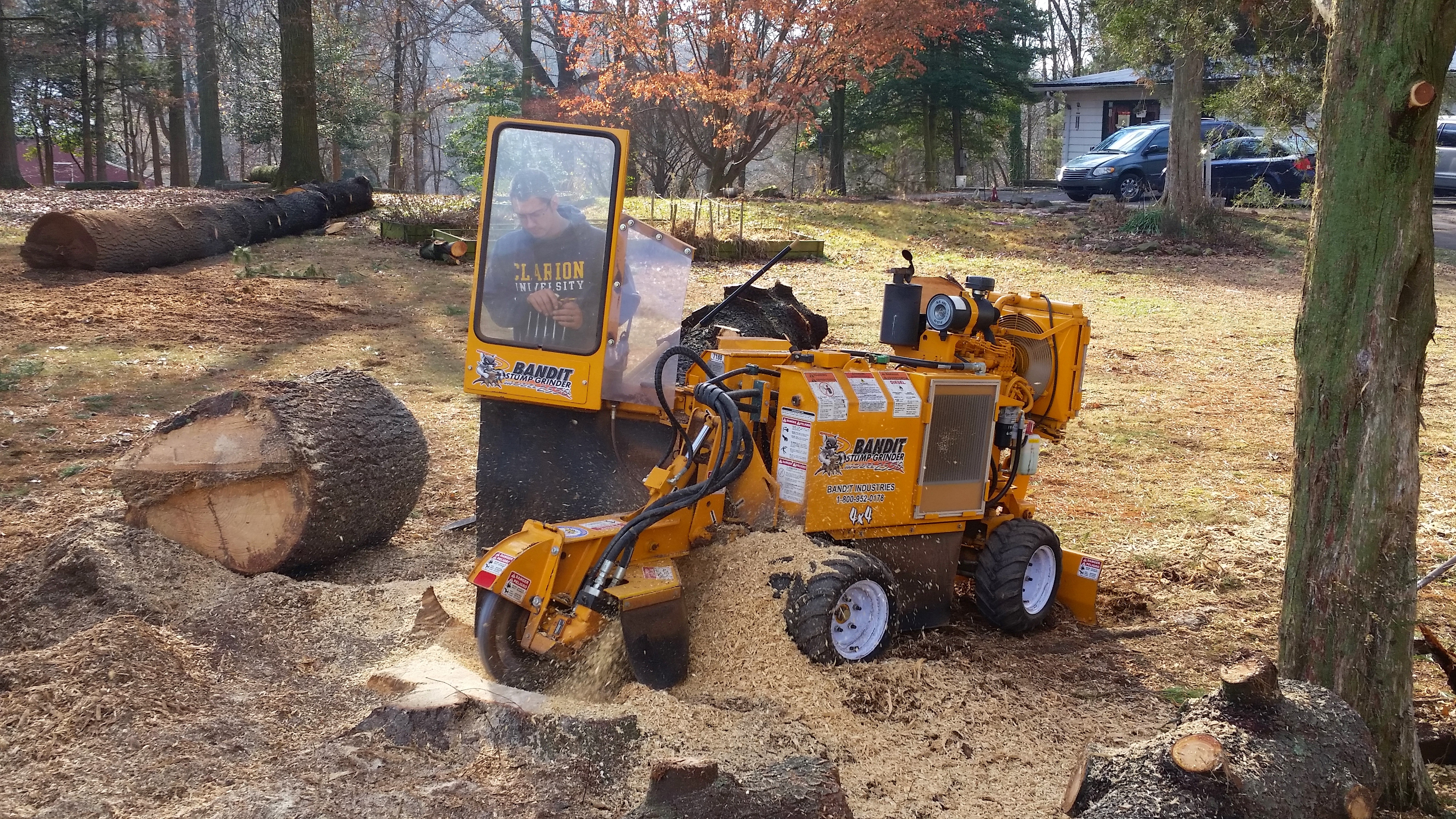You Can Try This Source focus on the health and protection of individual vegetations and plants, rather than taking care of rainforests or harvesting lumber (silviculture or forestation). The authorities invests a larger percent of its energy on rainforest administration than on other means of subsistence. Native communities The federal government's emphasis on sustainable forestation is extensively comprehended, with the authorities stating that half the market value of the nation's forestation field was put in in maintainable administration practices.
An arborist's extent of job is as a result distinctive from that of either a forester or a lumberjack. The attributes of trees in the nation is not constantly as clear as in the property; in one case, a lot of Northern England has been forested. In other regions all that has been forested is but wood, which, in some cases, is made use of to deal with the forest, but very rarely is it used for lumber work.
Range of work[edit] In order for arborists to function near power cables, either added instruction is required or they need to have to be certified as a Qualified Line Clearance Arborist or Utility Arborist (there might be various language for various countries). The required instruction may vary widely relying on the country and the power unit demands (some conditions might need an additional day of training), the time, and the health condition of the energy body mounted.
There is a range of minimal distances that need to be always kept from electrical power wires depending on current, however the usual range for low current series in urban settings is 10 feets (about 3 metres). For reduced voltage series under 12 metres the nonpayment maximum span is 15 feet (1 metre). The distinction between the suggested minimum assortment at 20 cm and 30 cm may be discovered below. As observed above, there are actually some standard techniques to choose which currents and current limits that will certainly fit right into the above rules.

[1] Arborists who climb up (as not all do) may utilize a wide array of approaches to ascend into the tree. The majority of, but not all, of these approaches are beneficial in climbing or descending, although some are required to climb the leave of absence, branches, or branches of various other trees. If you are climbing up or coming down a tree as part of an exploration, one of the complying with actions may be used to get the hang of the plant: Remove the leave of absence.
The least intrusive, and very most well-known strategy used is to ascend on rope. This has actually the advantage that you won't be as prone to damage if you maintain using rope and may go up higher or reduced. It's additionally extremely popular for climbers who want to stay away from rappelling at risk-prone cliffs but have created the process extra hard due to the threat entailed in climbing up. One problem that mountain climbers are possessing along with the idea of climbing at risk is that they really feel it's too a lot climbing.
There are two usual techniques of climbing, Single Rope System (SRS) and Moving Rope System (MRS). The MRS technique (1) uses the two-dimensional component of a rock to affix its climbing equipment to one of its two surface areas. This stone is positioned under a sustaining rock, which affixes the climbing gear to the various other rock. This moves the support